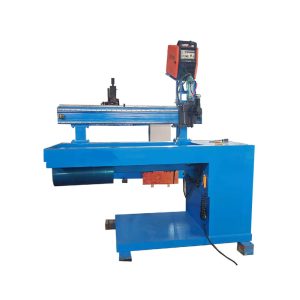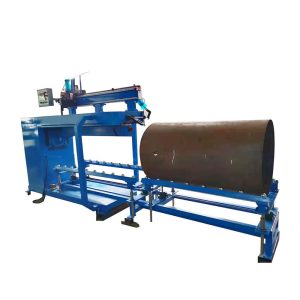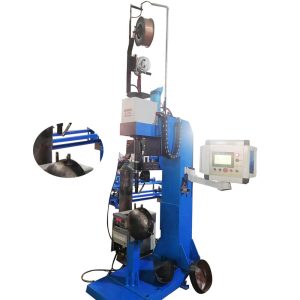Introduction: Stainless steel pressure vessels are widely used in various industries due to their corrosion resistance and strength. The proper welding techniques are crucial to ensure the structural integrity and performance of these vessels. This article explores the key welding methods and best practices for welding stainless steel pressure vessels.
- Material Selection: Selecting the appropriate stainless steel alloy is the first step in the welding process. Common choices include 304, 316, 316L, and 317L. The choice of alloy should be based on factors such as the corrosive environment, operating temperature, and required mechanical properties.
- Welding Processes: There are several welding processes suitable for stainless steel pressure vessels:
a. Gas Tungsten Arc Welding (GTAW): GTAW, also known as TIG (Tungsten Inert Gas) welding, is often preferred for stainless steel due to its precision and ability to create clean, high-quality welds. It requires a skilled operator and uses a non-consumable tungsten electrode.
b. Gas Metal Arc Welding (GMAW): GMAW, or MIG (Metal Inert Gas) welding, is a semi-automatic or automatic welding process. It is suitable for thicker sections and offers good productivity. Shielding gases like argon or helium are used to protect the weld from contamination.
c. Submerged Arc Welding (SAW): SAW is an efficient process for welding thick stainless steel plates. It involves a continuous wire feed and a granular flux that covers the weld pool, protecting it from atmospheric contamination.
d. Flux-Cored Arc Welding (FCAW): FCAW is a versatile process for stainless steel welding, suitable for both thick and thin materials. It uses a flux-cored wire and can be operated with or without shielding gas.


- Joint Design: Proper joint design is essential to create strong and reliable welds. Common joint types for pressure vessels include butt joints, fillet welds, and lap joints. The joint geometry, preparation, and fit-up are critical for successful welding.
- Pre-Welding Preparation: Before welding, stainless steel surfaces should be free of contaminants, including oils, greases, and oxides. Stainless steel brushes or pickling and passivation processes can be used to clean the material. Preheating is often necessary to minimize the risk of cracking, especially for thicker sections.
- Shielding Gas: Using the right shielding gas is crucial to prevent oxidation and ensure a clean weld. Argon or a mixture of argon and helium is commonly used for stainless steel welding. The choice of shielding gas should align with the specific stainless steel alloy and the welding process being employed.
- Post-Weld Treatments: After welding, it is essential to address potential issues such as heat-affected zone (HAZ) sensitization and stress corrosion cracking. Post-weld treatments may include pickling and passivation, solution annealing, and stress relieving, depending on the alloy and application.
- Inspection and Testing: Stainless steel pressure vessels must undergo rigorous inspection and testing to ensure weld quality and overall integrity. Non-destructive testing methods such as radiography, ultrasonic testing, and dye penetrant testing are often employed.


Conclusion: Welding stainless steel pressure vessels requires a thorough understanding of material properties, welding processes, and best practices. By selecting the appropriate stainless steel alloy, employing the right welding method, and adhering to stringent quality control measures, manufacturers can produce pressure vessels that meet industry standards for safety and reliability.